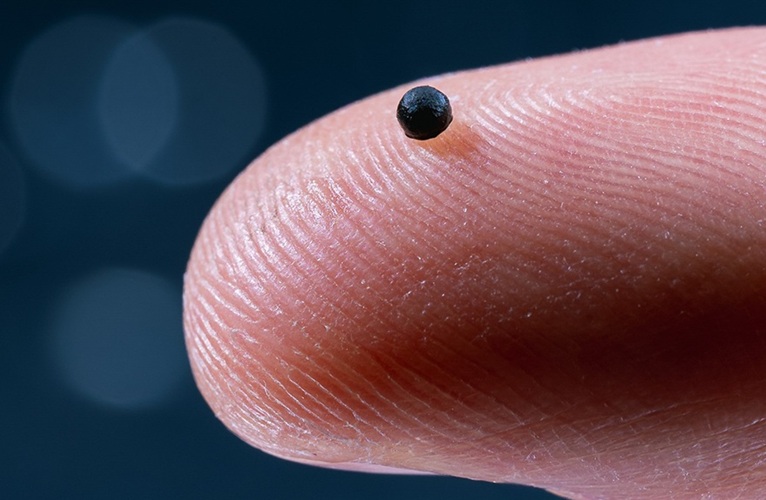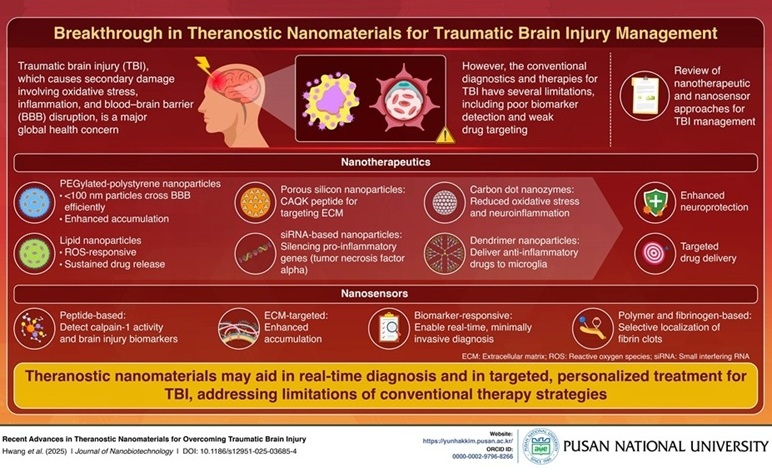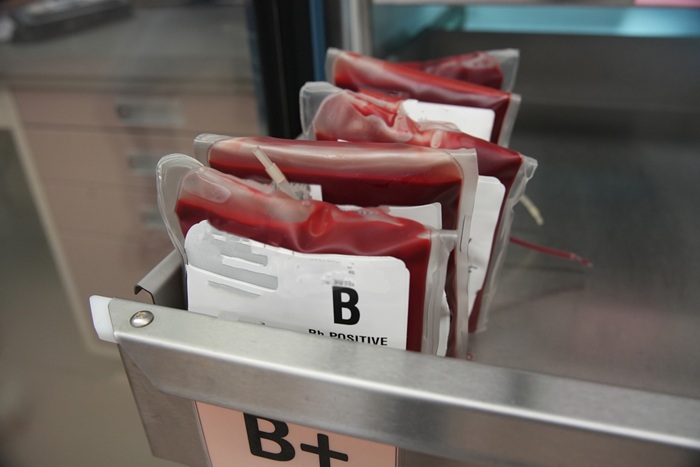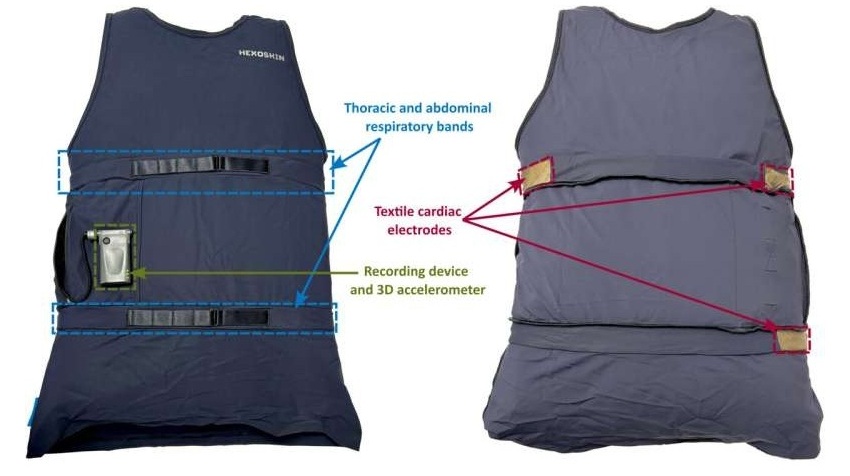Noninvasive Prenatal Testing Market Set for Explosive Growth
|
By HospiMedica International staff writers Posted on 21 Jan 2014 |
The global noninvasive prenatal testing (NIPT) market is expected to grow more than ten-fold in the next five years. These are the latest findings of Transparency Market Research (Albany, NY, USA), a global information and research provider.
NIPT, the noninvasive genetic screening test for common chromosomal abnormalities (trisomy 21, trisomy 18, trisomy 13, monosomy X, etc.) can detect the presence of abnormalities in fetuses of pregnant women as early as 9–10 weeks of gestation, with some of the most commonly detected chromosomal aneuploidies include Down syndrome, Edwards syndrome, Patau syndrome, and monosomy X. The market is also evolving rapidly due the advantages it offers over conventional prenatal screening and diagnostic methods such as maternal serum screening, nuchal translucency (NT) scan, amniocentesis, and chorionic villus sampling (CVS). These advantages include safety, accuracy, and no risk of miscarriage.
MaterniT21 PLUS, verifi, Harmony, Panorama, NIFTY, PrenaTest, and BambniTest are currently the commercially available NIPTs, all based on the direct analysis of cell-free fetal DNA in the maternal blood. In 2012, MaterniT21 (a proprietary product of Sequenom) accounted for the largest share (36.6%) of the market in terms of revenue, owing to the fact that it was the first mover in the market place. During the forecast period 2013 to 2019, it is likely to lose some of its share due to increasing market penetration by other, aforementioned NIPTs such as Panorama and verify.
Almost every company in this market is adopting the same business model of marketing their tests via alliances with hospitals, diagnostic laboratories, and physician offices. The increasing penetration by test developers in European, Asia-Pacific, and Middle East countries indicates promising growth in the near future. Sequenom (San Diego, CA, USA), Verinata Health (Redwood City, CA, USA), Ariosa Diagnostics, and Natera (San Carols, CA, USA), are the leading companies engaged in providing noninvasive prenatal tests worldwide.
The global NIPT market was valued at USD 220 million in 2012 and is expected to grow at a compound annual growth rate (CAGR) of 37.6% from 2013 to 2019, to reach an estimated value of USD 3.62 billion by 2019. Geographically, North America was the largest regional market in 2012, with a market share of 64.5% of the total revenue generated globally, followed by Europe.
Related Links:
Transparency Market Research
Sequenom
Verinata Health
NIPT, the noninvasive genetic screening test for common chromosomal abnormalities (trisomy 21, trisomy 18, trisomy 13, monosomy X, etc.) can detect the presence of abnormalities in fetuses of pregnant women as early as 9–10 weeks of gestation, with some of the most commonly detected chromosomal aneuploidies include Down syndrome, Edwards syndrome, Patau syndrome, and monosomy X. The market is also evolving rapidly due the advantages it offers over conventional prenatal screening and diagnostic methods such as maternal serum screening, nuchal translucency (NT) scan, amniocentesis, and chorionic villus sampling (CVS). These advantages include safety, accuracy, and no risk of miscarriage.
MaterniT21 PLUS, verifi, Harmony, Panorama, NIFTY, PrenaTest, and BambniTest are currently the commercially available NIPTs, all based on the direct analysis of cell-free fetal DNA in the maternal blood. In 2012, MaterniT21 (a proprietary product of Sequenom) accounted for the largest share (36.6%) of the market in terms of revenue, owing to the fact that it was the first mover in the market place. During the forecast period 2013 to 2019, it is likely to lose some of its share due to increasing market penetration by other, aforementioned NIPTs such as Panorama and verify.
Almost every company in this market is adopting the same business model of marketing their tests via alliances with hospitals, diagnostic laboratories, and physician offices. The increasing penetration by test developers in European, Asia-Pacific, and Middle East countries indicates promising growth in the near future. Sequenom (San Diego, CA, USA), Verinata Health (Redwood City, CA, USA), Ariosa Diagnostics, and Natera (San Carols, CA, USA), are the leading companies engaged in providing noninvasive prenatal tests worldwide.
The global NIPT market was valued at USD 220 million in 2012 and is expected to grow at a compound annual growth rate (CAGR) of 37.6% from 2013 to 2019, to reach an estimated value of USD 3.62 billion by 2019. Geographically, North America was the largest regional market in 2012, with a market share of 64.5% of the total revenue generated globally, followed by Europe.
Related Links:
Transparency Market Research
Sequenom
Verinata Health
Latest Business News
- Philips and Masimo Partner to Advance Patient Monitoring Measurement Technologies
- B. Braun Acquires Digital Microsurgery Company True Digital Surgery
- CMEF 2025 to Promote Holistic and High-Quality Development of Medical and Health Industry
- Bayer and Broad Institute Extend Research Collaboration to Develop New Cardiovascular Therapies
- Medtronic Partners with Corsano to Expand Acute Care & Monitoring Portfolio in Europe
- Expanded Collaboration to Transform OR Technology Through AI and Automation
- Becton Dickinson to Spin Out Biosciences and Diagnostic Solutions Business
- Boston Scientific Acquires Medical Device Company SoniVie
- 2026 World Hospital Congress to be Held in Seoul
- Teleflex to Acquire BIOTRONIK’s Vascular Intervention Business
- Philips and Mass General Brigham Collaborate on Improving Patient Care with Live AI-Powered Insights
- Arab Health 2025 Celebrates Landmark 50th Edition
- Boston Scientific Acquires Medical Device Company Intera Oncology
- MEDICA 2024 to Highlight Hot Topics of MedTech Industry
- Start-Ups To Once Again Play Starring Role at MEDICA 2024
- Boston Scientific to Acquire AFib Ablation Company Cortex
Channels
Critical Care
view channel
Magnetically Guided Microrobots to Enable Targeted Drug Delivery
Stroke affects 12 million people globally each year, often causing death or lasting disability. Current treatment relies on systemic administration of clot-dissolving drugs, which circulate throughout... Read more
Smart Nanomaterials Detect and Treat Traumatic Brain Injuries Simultaneously
Traumatic brain injury (TBI) continues to leave millions with long-term disabilities every year. After a sudden impact from a fall, collision, or accident, the brain undergoes inflammation, oxidative stress,... Read more
Earlier Blood Transfusion Could Reduce Heart Failure and Arrhythmia in Heart Disease Patients
Blood loss during or after surgery can place significant stress on people with heart disease, increasing the risk of dangerous complications. Transfusions are often delayed until hemoglobin levels fall... Read moreSurgical Techniques
view channel
Breakthrough Surgical Device Redefines Hip Arthroscopy
Hip arthroscopy has surged in popularity, yet surgeons still face major mechanical constraints when navigating deep joint spaces through traditional cannulas. Limited tool mobility and the need for an... Read more
Automated System Enables Real-Time "Molecular Pathology" During Cancer Surgery
Accurately identifying tumor boundaries during radical prostatectomy remains one of the most persistent challenges in prostate cancer care. Positive surgical margins occur in up to 40% of cases, increasing... Read morePatient Care
view channel
Revolutionary Automatic IV-Line Flushing Device to Enhance Infusion Care
More than 80% of in-hospital patients receive intravenous (IV) therapy. Every dose of IV medicine delivered in a small volume (<250 mL) infusion bag should be followed by subsequent flushing to ensure... Read more
VR Training Tool Combats Contamination of Portable Medical Equipment
Healthcare-associated infections (HAIs) impact one in every 31 patients, cause nearly 100,000 deaths each year, and cost USD 28.4 billion in direct medical expenses. Notably, up to 75% of these infections... Read more
Portable Biosensor Platform to Reduce Hospital-Acquired Infections
Approximately 4 million patients in the European Union acquire healthcare-associated infections (HAIs) or nosocomial infections each year, with around 37,000 deaths directly resulting from these infections,... Read moreFirst-Of-Its-Kind Portable Germicidal Light Technology Disinfects High-Touch Clinical Surfaces in Seconds
Reducing healthcare-acquired infections (HAIs) remains a pressing issue within global healthcare systems. In the United States alone, 1.7 million patients contract HAIs annually, leading to approximately... Read moreHealth IT
view channel













